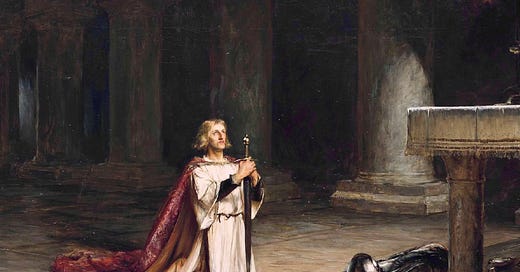There is very little verifiable historical data from the time of King Arthur. Just about all we know is that there was such a king who had a kingdom called Camelot sometime after the Roman legions abandoned the British Isles in the fifth century. Other than that, virtually everything about the legendary king and his times is shrouded in mystery.
Even so,…




